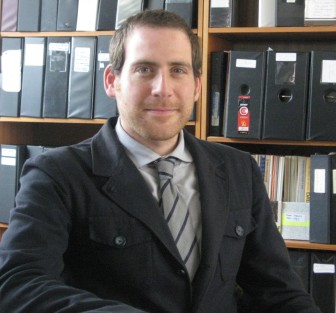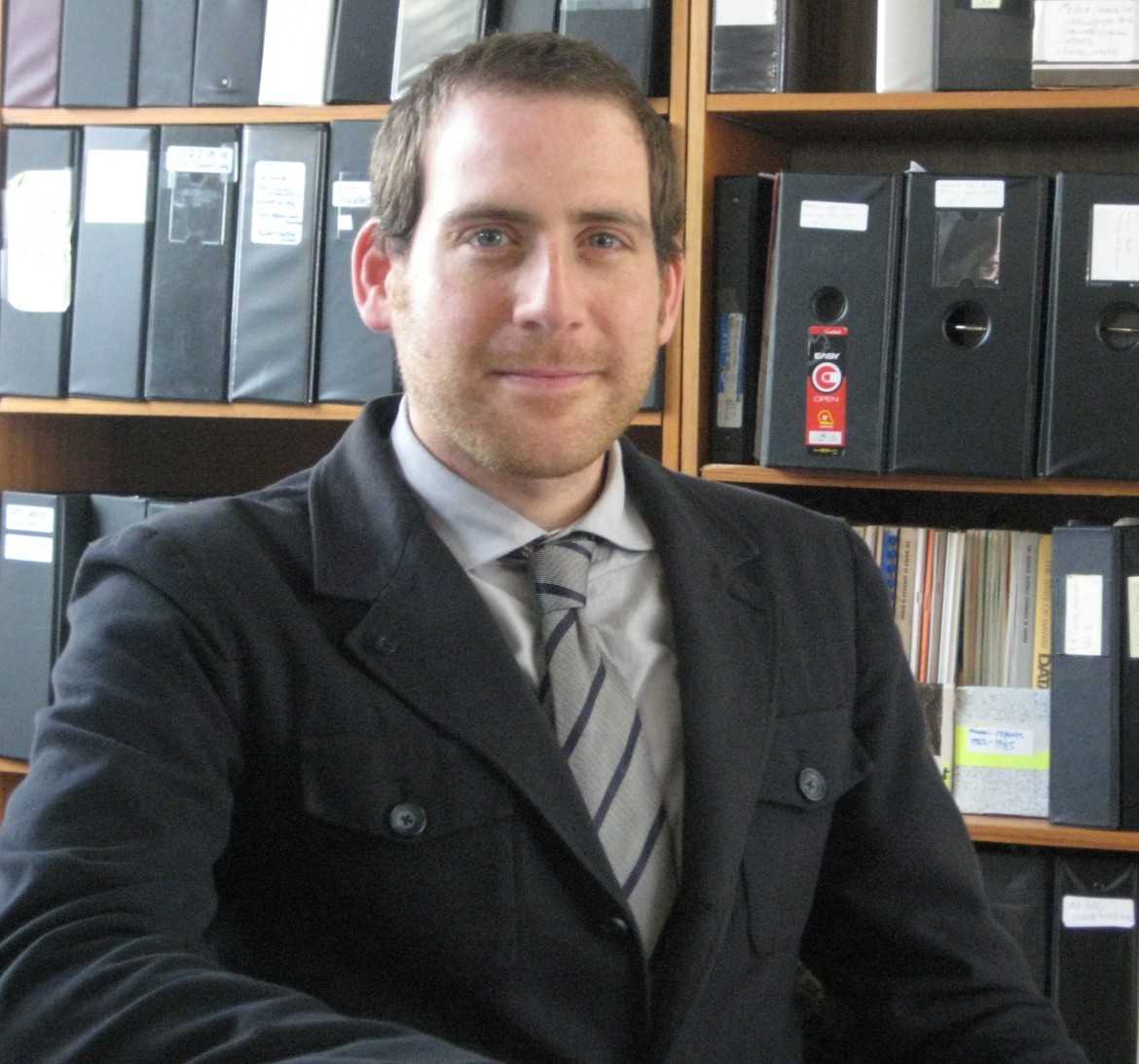 The past decade has seen an encouraging trend in juvenile justice. Increasingly, experts are recognizing that the best way to improve public safety is to rely less on state correctional institutions for treating youth offenders, and more on the dynamic therapeutic approach delivered at the county level.
The past decade has seen an encouraging trend in juvenile justice. Increasingly, experts are recognizing that the best way to improve public safety is to rely less on state correctional institutions for treating youth offenders, and more on the dynamic therapeutic approach delivered at the county level.
In late April, the staff of the Center on Juvenile and Criminal Justice (CJCJ) toured a facility that exemplified this trend, the William F. James Boys Ranch in California’s Santa Clara County.
James Ranch is a co-ed, 96-bed residential facility for young people between the ages of 15 ½ and 18, situated in the rolling foothills south of San Jose. The facility and staff are not only driven by a passion for improving the lives of local justice-involved youth, but challenge the conventional thinking by showing that they can receive successful, positive treatments locally. The facility has adopted many components of what is now recognized as a model system, including small dorm facilities, staff focused on youth wellness, and therapeutic programming that is gender-specific and culturally competent.
The ranch wasn’t always this way. Previously, the facility operated under a model focused more on behavioral regulation, which the county’s probation department now recognizes as antithetical to successful outcomes. The correctional approach was expensive, yet resulted in many escapes, numerous violent incidents and high recidivism rates.
In 2006, county law enforcement and local officials successfully lobbied for facility changes, which cost $3 million. County probation, under the leadership of Chief Probation Officer Sheila E. Mitchell, developed strategies to expand local capacity for addressing high-needs youth. Santa Clara County Probation adopted a new therapeutic model, which included their Ranch Re-Entry Assistance Program (RRAP). Through RRAP, multidisciplinary staffing teams engage with young people upon entry into the facility to conduct assessments of risks, needs and mental health issues. These assessments guide staff as they craft individualized reentry plans that help them with local services and programs upon their release.
Within its first year, county policymakers, facility staff, and youth, were heralding the fruits of this investment. In comparison to the 2005 Old Ranch Program, violations were reduced by 63 percent and new arrests by 50 percent within one year of exiting the Enhanced Ranch Program. At one time, Santa Clara County relied heavily on the state youth correctional system, the Division of Juvenile Facilities (DJF). This fiscal year (FY 2013), the county only sent one young person to DJF, down from 108 in FY 2005.
California State Assembly Member Reginald Jones-Sawyer of California’s 59th District, in Los Angeles, has authored Assembly Bill 915: the Youth Community Incentives Act, which expands local resources and empowers counties to follow the example of James Ranch. CJCJ and Communities United for Restorative Youth Justice (CURYJ) are proud to co-sponsor AB 915. We believe it is necessary to improve public safety and produce positive youth outcomes. As I wrote in my previous JJIE Op-Ed, AB 915 recognizes that many counties are already serving many of their youth who are eligible for DJF. Over the past two years, the DJF population has dropped by 60 percent, netting $75 million in cost savings. However, this money has not been reinvested in the counties, which can provide individualized rehabilitative programming that has been proven successful.
AB 915 allocates 75 percent of the future DJF cost savings to a funding stream for developing the model practices and leadership such as those found at James Ranch. The bill is now before the Assembly Appropriations Committee, where it joins other important criminal justice bills including those related to reforming school discipline (AB 420) and employment for justice-involved individuals (AB 870).
California’s state youth correctional system is shrinking as counties increasingly serve their high-needs youth locally. AB 915 offers the state a unique opportunity to reinvest these cost savings and replicate the successful model of James Ranch across the state. California must partner with counties like Santa Clara to ensure that these reforms prove long-standing and act as a statewide model to implement a 21st-century juvenile justice system today.
Brian Goldstein is a Policy Analyst with the Center on Juvenile and Criminal Justice (CJCJ). Learn more about Assembly Bill 915: The Youth Community Incentives Act here.
